Content Pillar
What is a Content Pillar?
A content pillar is a major topic or theme around which a lot of related content is created. It serves as a central piece of content that covers a broad subject in depth and links to related subtopics. Content pillars are designed to provide comprehensive information on a particular topic and support a cluster of related content pieces.
Why is a Content Pillar Important?
Content pillars are important because they help organize and structure your content strategy. By creating a central, authoritative piece of content on a key topic, you can attract and engage your audience while improving SEO. Content pillars establish your expertise and authority on a subject, driving more traffic and backlinks to your site.
Content pillars also support content clusters, enhancing internal linking and user experience. This structure helps search engines understand the relevance and hierarchy of your content, improving your search engine rankings and visibility.
Best Practices for Creating Content Pillars
1. Identify Key Topics
Select broad, important topics that are relevant to your audience and align with your business goals. These topics should have significant search volume and potential for creating multiple related content pieces.
2. Conduct Thorough Research
Research your chosen topic extensively to ensure your content pillar is comprehensive and authoritative. Use credible sources, data, and expert insights to support your content and provide valuable information.
3. Create In-Depth Content
Develop a detailed, high-quality piece of content that thoroughly covers the chosen topic. Use various formats such as articles, guides, videos, and infographics to present information in an engaging and accessible way.
4. Optimize for SEO
useOptimize your content pillar for search engines by including relevant keywords, meta descriptions, headers, and internal links. Use SEO tools to identify keywords and optimize your content for better rankings.
5. Develop Related Content
Create additional content pieces related to the main topic, such as blog posts, articles, and videos. Link these pieces back to the content pillar and to each other, forming a content cluster that enhances SEO and user experience.
6. Use Clear Structure
Organize your content pillar with clear headings, subheadings, and sections to improve readability. A well-structured content pillar helps users navigate the information easily and find what they need.
7. Promote Your Content
Actively promote your content pillar through various channels, including social media, email newsletters, and partnerships. Use paid advertising to boost visibility and reach a larger audience.
8. Update Regularly
Keep your content pillar up-to-date by regularly reviewing and updating the information. Ensure that it remains relevant and accurate, reflecting any changes or new developments in the topic.
9. Analyze Performance
Monitor the performance of your content pillar using analytics tools. Track metrics such as traffic, engagement, and conversions to evaluate its effectiveness and make necessary adjustments.
10. Repurpose Content
Repurpose your content pillar into different formats, such as webinars, podcasts, or slide presentations, to reach new audiences and extend its lifespan.
By following these best practices, you can create effective content pillars that enhance your content strategy, improve SEO, and engage your audience.
For more terms, return to the content marketing glossary and freelance writing glossary.

